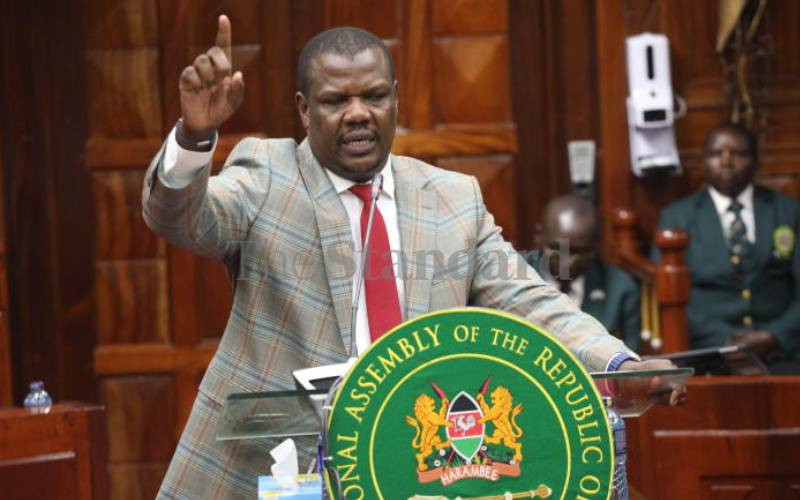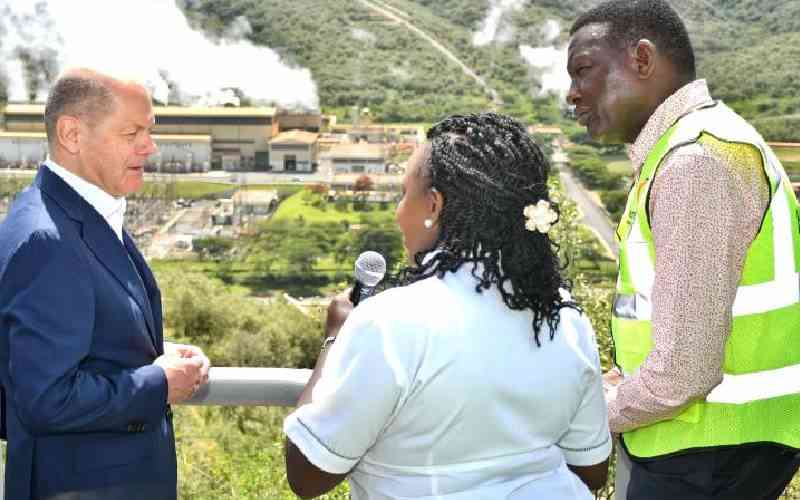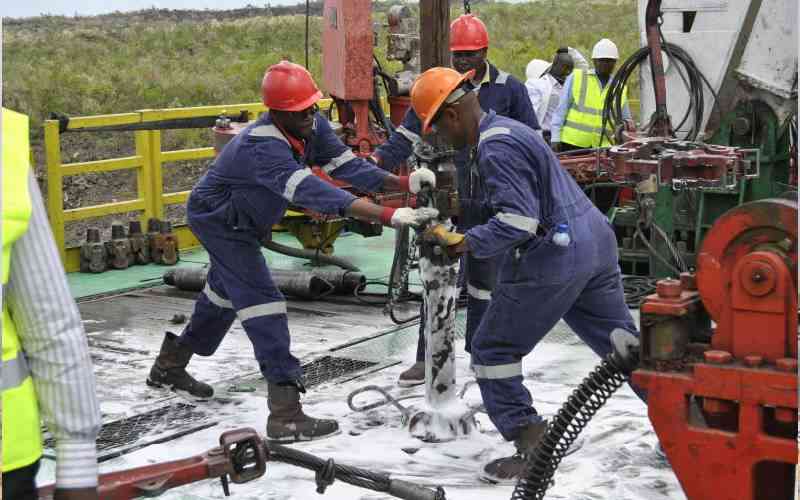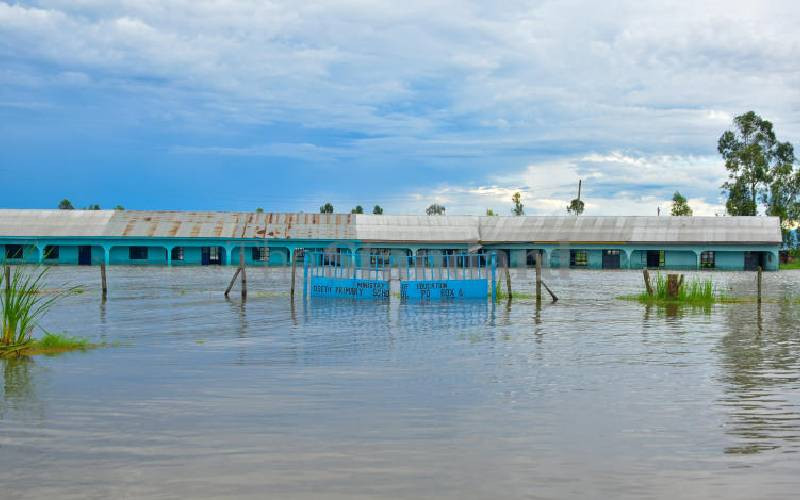Energy, the world over is an indispensable cog that determines the rise and fall of societies – their levels of innovation, values, hope and meaning in life. It explains why battles have been fought in search of or in protection of the jewel that is energy.
No wonder then that the special agencies charged with geothermal development are going full steam since the benefits accrued from it, will directly impact positively on the cost of living. And it’s not just energy, the power generated should be cheap and reliable. This way, it will shrink the cost of doing business and allow the ordinary Kenyan an opportunity to live in a soot free environment.
Kenyans have been suffering under the weight of high electricity bills for a long time. This has also made our business environment uncompetitive due to the high cost of production, forcing many companies to close shop or relocate their factories to other countries such as South Africa. With this, thousands of much-needed jobs have been shipped out of the country, further compounding the unemployment rate. But this tide is bound to end.
Geothermal energy promises to usher Kenya into a golden age. It is the missing link that the country is now banking on. And so, when recently the Geothermal Development Company (GDC) announced that it had struck a well of about 30 MW, it sent spasms of excitement in the energy fraternity. This thrill is understood. Drilling operations are some of the most energy sapping operations we have in the land today. Drilling for geothermal is an expensive and time guzzling enterprise. Ordinarily, it takes 80 days to drill a well that would yield 5MW. Yet, here is a well, drilled within 80 days and is yielding six times more.
Engineers and scientists at Menengai aver that the future of drilling will be the new approach employed what is called directional drilling. With such breakthroughs, we are likely to see a more accelerated geothermal environment.
As it stands now, the country bleeds heavily every year on fuel imports at a cost of about Sh44 billion. The diesel imported is for supporting the thermal generation. Yet, with such big wells being reported in the geothermal world, the light is in the horizon of a season where we shall retire diesel and rely on our indigenous energy resource.
Menengai, which was initiated barely five years ago, is too ripe to generate the first 100 MW by the end of 2015. With 25 wells and 110MW of steam, the first three Independent Power Producers (IPPs) are angling to start generation. Well, anyone who has followed geothermal development worldwide will gape at the speed with which Menengai emerged. Ideally, geothermal projects take lots of painful belabouring years to mature. In Kenya the average gestation period has been 15 years.
So how did Menengai elude the trap of long periods? Ideally, geothermal fields are developed by the electricity generator. This calls for financial weight. Generators have also favoured big power plants than small ones. But Menengai is different. Instead of GDC choosing to go the whole generation hog, it concentrated on drilling for steam. GDC devised a way of selling the steam to IPPs. The IPPs again were encouraged to start with small power plants of about 35MW. This approach is a masterstroke for several reasons. First it allows players to chew just enough to bite. Second it created more room for the private investor to venture into the geothermal realm. Three it is going to heavily reduce on cost of electricity. And fourth it allows government to speed up provision of affordable energy.
That is why, upon a satisfactory feasibility study, GDC signed a Project Implementation and Steam Supply Agreement (PISSA) with three independent Power Producers – OrPower Twenty Two, Quantum and Sosian Energy- which each will install power plants of 35 MW by the end of 2015.
According to computations, the Menengai model of reduced cost of drilling, striking mega wells and engaging IPPs, the cost of geothermal energy will trade at 5$cts about Sh5 per KwH as opposed to the current rates of about 17 cts. Clearly, with more innovation the consumer remains the winner. It is a classic case of hot innovation cooling the cost of energy. The beneficiaries will obviously be Kenyans.
 The Standard Group Plc is a
multi-media organization with investments in media platforms spanning newspaper
print operations, television, radio broadcasting, digital and online services. The
Standard Group is recognized as a leading multi-media house in Kenya with a key
influence in matters of national and international interest.
The Standard Group Plc is a
multi-media organization with investments in media platforms spanning newspaper
print operations, television, radio broadcasting, digital and online services. The
Standard Group is recognized as a leading multi-media house in Kenya with a key
influence in matters of national and international interest.
 The Standard Group Plc is a
multi-media organization with investments in media platforms spanning newspaper
print operations, television, radio broadcasting, digital and online services. The
Standard Group is recognized as a leading multi-media house in Kenya with a key
influence in matters of national and international interest.
The Standard Group Plc is a
multi-media organization with investments in media platforms spanning newspaper
print operations, television, radio broadcasting, digital and online services. The
Standard Group is recognized as a leading multi-media house in Kenya with a key
influence in matters of national and international interest.








